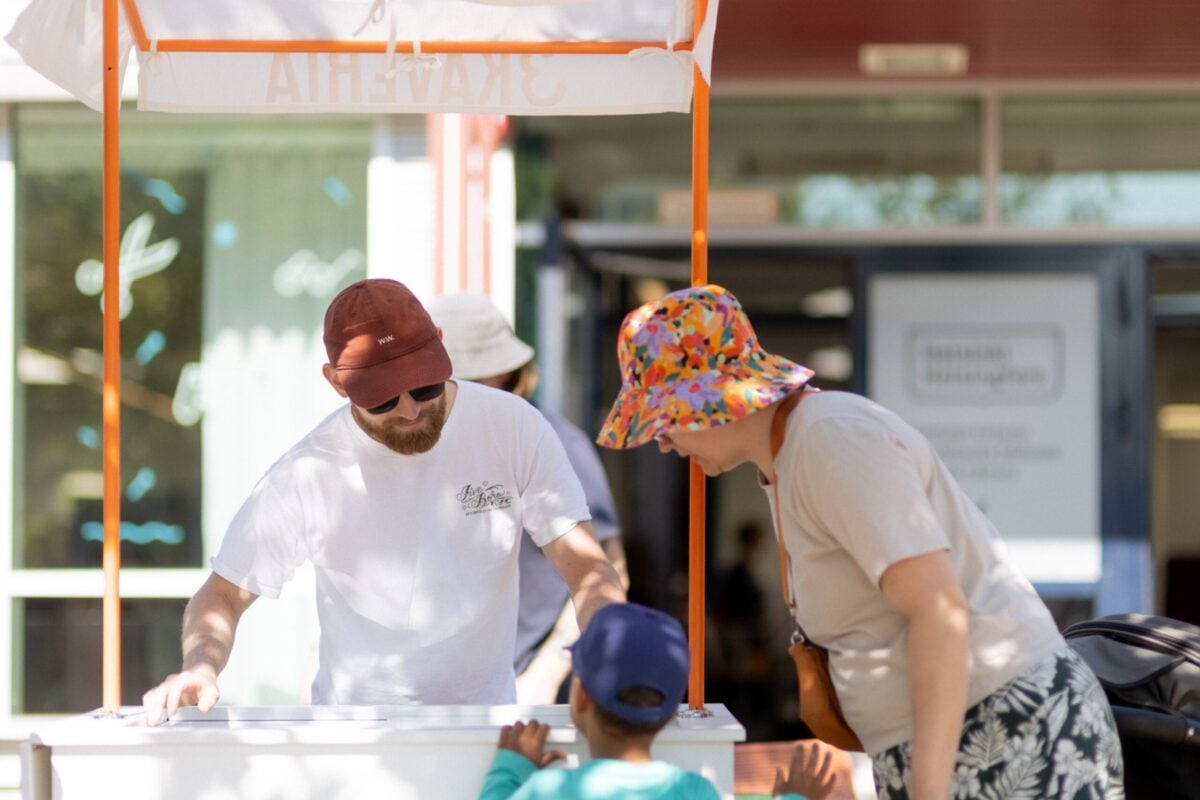Within an experiment that is the first of its kind in New Zealand, The government is looking for sustainable alternatives to textile waste in areas such as construction and geotechnical industries to reduce the carbon footprint and promote a circular economy.
Most of what the world produces and consumes today is linear. In the sense that it is similar to a life path that ends completely with the end of the shelf life of the product, The reality that the circular economy is trying to change by creating a waste life cycle, It goes through several stages, Starting from placing them in containers and collecting them, All the way to burying them, burning them, using them to produce energy or recycling them to become another product in a new cycle. Textile waste is an important and fast-growing part of these processes, The fashion industry alone is responsible for 10% of global greenhouse gas emissions. Superior to the air transport and international shipping sectors combined.
In New Zealand, Each person produces about 44 kilograms of textile waste each year. That is, the life cycle of 100,000 tons of them ends in landfills. producing more than three times its own weight of carbon dioxide, It occupies 6% of the landfill area, It accounts for 30% of its emissions. Although reducing clothing consumption may be key, It is not enough, Reuse or donation are options with limited effectiveness. Recycling or incineration means a high economic cost. But clothing is not the only source of this waste, There are commercial textiles used by hotels, Government procurement such as uniforms, personal protective equipment, military, prisons and district health boards. Because most of these materials are non-biodegradable, They have profound environmental impacts, From pollution of soil and groundwater and loss of natural biodiversity.
The government has already launched "compound waste". They consist of weaves and synthetic fibers, It aims to replace fibers made from raw materials with textile waste, Although technically possible, It increases the complexity of use.
Therefore, Wellington City Council has launched a new experiment designed in collaboration with private sector companies specialized in the automotive, infrastructure and road works, In addition to the team of the "Yozd Foley" initiative for the recycling of clothes and textiles.
The idea is to find other applications for textile waste and employ it in sectors that may seem far from their original uses. Such as the construction of buildings and roads, and the development of sustainable heat and sound insulators, And find innovative ways to manufacture building materials such as mortar, concrete, polymer cement and asphalt.
For example The team is currently working on importing cellulose to convert it into a material added to the cement mixture for paving roads. To make it more stable, homogeneous and durable.
According to the plan, 17% of the global economy should be circular by 2032. Because achieving a circular economy in the true sense means radical changes in production and consumption systems, The New Zealand government supports all organizations, projects and initiatives in the field of circular economy. This serves the goal of transforming Wellington into a carbon-neutral capital by 2050. To this end, Developed a blueprint for effective activities in 4 main areas, namely transport, Energy Building, Urban Model, Advocacy, and the Council.
Many countries have already taken similar measures. Such as the ban imposed by EU countries on dumping textiles in landfills, It has issued a decision to allow industry leaders to design its systems and processes and manage its funding starting in 2025.
The road to a circular economy will not be easy. It requires a common understanding of its dimensions, close intersectoral coordination and strong leadership that lays the foundations for action and ensures commitment to them. Another challenge arises. The agencies responsible for this process have different organizational cultures and priorities. They may adopt ways of thinking that are far from a holistic approach to work, This hinders the adoption of a real economic strategy. But that doesn't mean that the transformation journey is the sole responsibility of the government. A cooperative plan must be supported by local organizations and civil society institutions. Added to this is the issue of the fear of increased corporate liability for waste, Although many adopt circular practices and offer innovative ideas. however These ideas still need to be organized and placed on the tables of decision-makers.
As for the innovation of New Zealand textiles, It will contribute to improving the performance of roads and reducing the state's dependence on imported products, This will make the sector as a whole more resilient, It will also take the hands of organizations to act on the issue of climate change by turning unwanted textiles into realistic local solutions, It will help create jobs and open up new economic horizons.
Environmentally The success of this idea could reduce greenhouse gas emissions by the equivalent of 400,000 tons of carbon dioxide equivalent per year. Each tonne of textiles used in paving roads will save about 22 kilograms of emissions and one million litres of water.
On a deeper level, This joint venture provides an example of collaboration and focused work to achieve sustainability and transition to a circular low-carbon economy.
References:
- https://www.sciencedirect.com/science/article/pii/S2666790822000258
- https://www.nzherald.co.nz/brand-insight/govt-biggest-problem-in-clothing-carbon/EOTEB7ESZIAXLJHCUXTGP2I4GQ/
- https://wellington.govt.nz/news-and-events/news-and-information/our-wellington/2022/04/usedfully-textiles-in-roads-trial
- https://theconversation.com/nzs-government-plans-to-switch-to-a-circular-economy-to-cut-waste-and-emissions-but-its-going-around-in-the-wrong-circles-170704#:~:text=Doubling%20the%20circularity%20of%20New,are%20composted%20to%20replenish%20soils.






